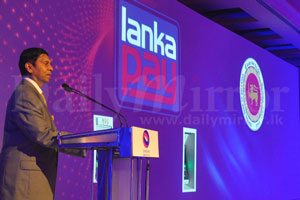24 Jul 2013 - {{hitsCtrl.values.hits}}
 Lanka Pay, Sri Lanka’s first Common ATM Switch connecting Bank of Ceylon and People’s Bank ATM networks was launched yesterday.
Lanka Pay, Sri Lanka’s first Common ATM Switch connecting Bank of Ceylon and People’s Bank ATM networks was launched yesterday.
23 Nov 2024 1 hours ago
23 Nov 2024 2 hours ago
23 Nov 2024 4 hours ago
23 Nov 2024 4 hours ago
23 Nov 2024 6 hours ago